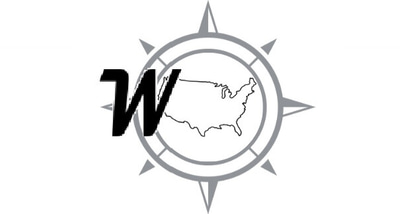Our Services
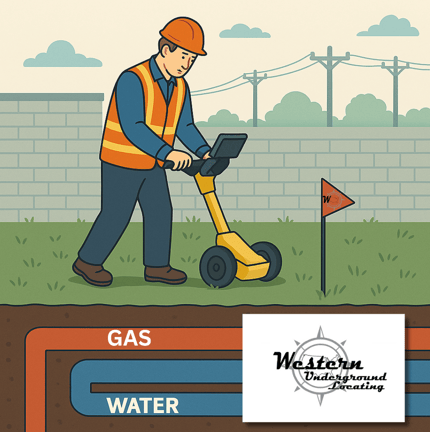

- Utility Locating Services
- Ground Penetrating Radar
- Expert Consultation Services
- Video Inspection Services
- Geophysical Surveys
- GPS Mapping
- Concrete Scanning
Utility Locating
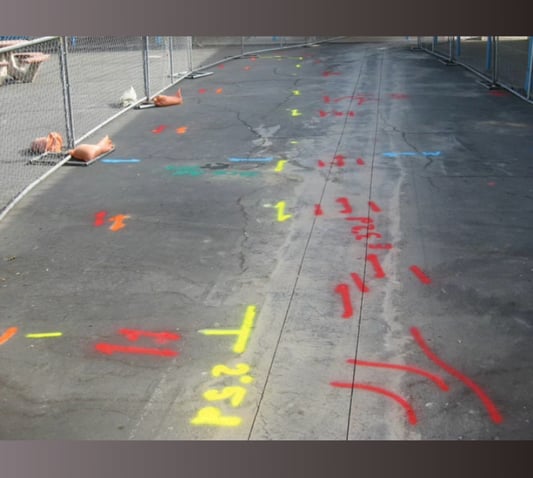

Utility Locate is a crucial part to any project. Whether a subsurface excavation is 6 inches or 6 feet, a Locate ensures the avoidance to any utility hits. Arizona law requires you to call 811 to have public utilities marked prior to any excavation. AZ 811 will only mark public utilities; private utilities must be marked out utilizing a private utility company.
The decision to call a private utility locate company is crucial to any excavation. This ensures the safety and success to any excavation site and minimizes any utility strikes. A private utility Locate may include locating, electrical, communication, water, sewer, gas, underground storage tanks, and abandoned lines to name a few. Western Underground Locating utilizes multiple locating methods on each site including, the most up-to-date equipment on the market (Electromagnetic, Radio Detection and Ground Penetrating Radar methods).
Make us your first call after AZ811 to ensure the most comprehensive locate prior to any digging.
Ground Penetrating Radar (Concrete Scanning)
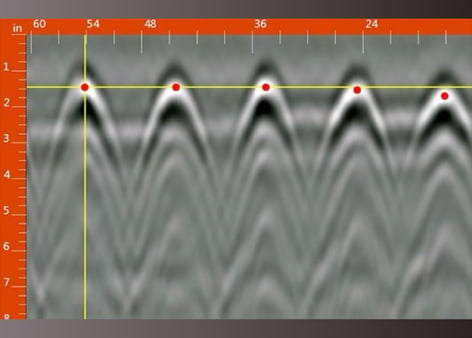

Scanning concrete slabs with GPR is a critical step prior to any coring or trenching. Scanning the concrete, you can determine location of post-tensioned cables, rebar, conduits, concrete depth/thickness, and void detection. Damage to any reinforcement or conduits can be a costly repair and safety issue, where GPR can minimize the risk of cutting through any of these. Whether on a suspended slab or a foundation slab, there may be conduits running through or just under the slab (on foundation slab) and will need to be located prior to any cutting/trenching being completed.
There is a difference between GPR and X-rays. With advances in GPR technology, GPR is a more cost effective, safer method, and quicker alternative to actual x-rays for determining obstacles prior to cutting/coring.
Video Inspection
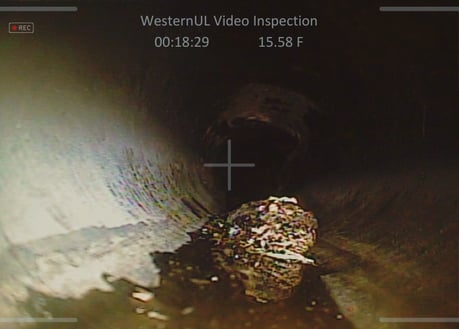

With any sewer line, there can be multiple issues that arise, such as blockages, broken pipes, collapses pipelines, and defects to name a few. Our video inspection of sewer pipes or conduits, can reduce the cost of the age-old method of excavate and search. The no dig method can reduce time spent determining what is wrong and reduce the cost of trying to figure out what the problem is. Our video inspection methods utilize self-leveling cameras, sonde locating, and distance counters to determine pinpoint locations for any issues with your pipeline/conduits.
Geophysical Surveys
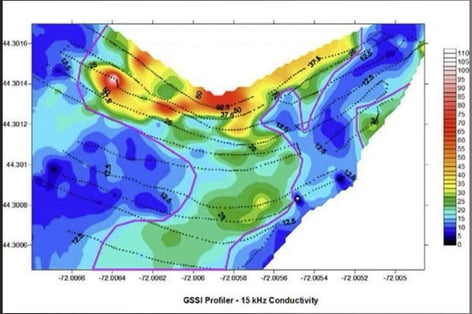

Geophysical surveys are able to be utilized to determine a number of different results. Through Electromagnetic Induction (EM), Magnetic locating (MAG) and Ground Penetrating Radar (GPR), Western Underground is able to scan and locate small and large areas for specific needs.
The applications of EM may determine UST (Underground Storage Tanks), large debris fields, utility duct banks, landfill areas, and architectural anomalies in specified locations. Through the use of EM, Mag and GPR we are able to obtain greater depth and a wider range of area with better results than a typical utility locates. These results can also be GPS mapped for future workings and depending on location, may be viewed on site.
GPS Mapping


Western Underground utilizes Trimble GPS data collecting to map found utilities and geophysical surveys. These maps can be sent to customers on Shapefiles, KMZ(L), and PDF files to name a few. Each map, if on KMZ(L), can be used in real time on site for any project manager or laborer.
Void Detection
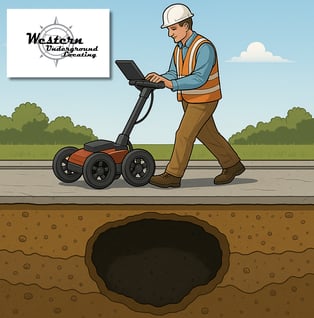

Beneath the surface, unseen voids or air pockets can compromise the stability of your structures. Our void detection services use advanced ground-penetrating radar (GPR) and other non-invasive technologies to identify hidden gaps in soil, pavement, or concrete before they become costly problems. Whether it's locating subsurface erosion, sinkhole risks, or structural weaknesses, we help you build on solid ground—literally.
Western Underground Locating LLC
Expertise in locating and marking underground utilities.
Email: sales@WeternUL.com
Phone: (602) 525-7631
© 2025. All rights reserved.
